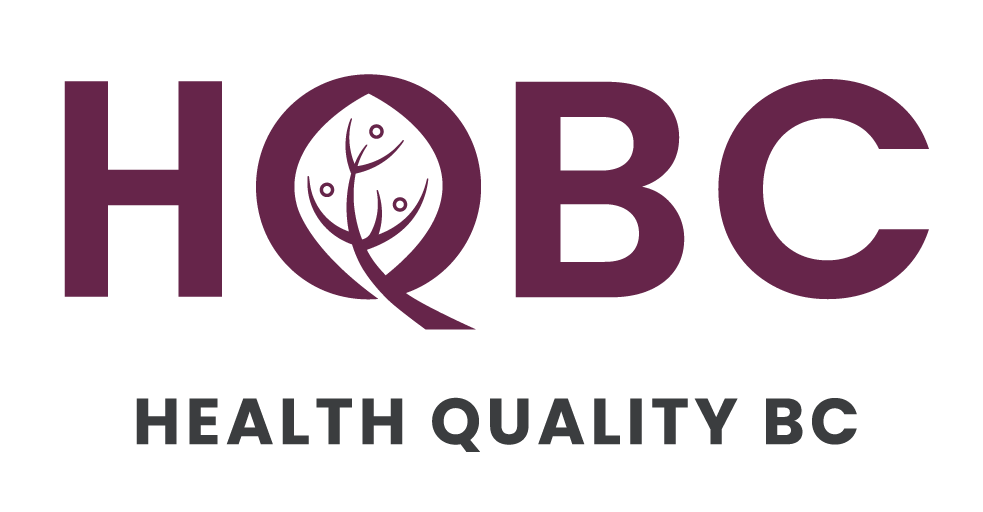Under the leadership of Drs. Guy Fradet and Carol Laberge, Kelowna General Hospital implemented a Cardiac Surgery Program in December 2012. The program ensures that patients living throughout the Interior have access to timely cardiac care closer to home. In prior times, patients would have to travel to the Lower Mainland and leave family and support behind.
The program has been accompanied by a monthly “Cardiac Surgery Program Report Card” to track and report outcomes against national benchmarks as well as quality and safety topics. This tracking report is grounded in the program’s primary core values, which are based on Lean principles of thinking and value methodology. The report card is unique to health care settings and establishes a high standard of accountability while promoting continuous quality improvement.
Utilizing a co-management model, Guy and Carol started by building a team to determine a list of key indicators to track based on national benchmarks as well as ways to obtain the data to support each indicator. They created a data dictionary to capture the processes and procedures for obtaining data, and a computer program was developed to produce the report card from numerous data sources.
The report card features 85 evidence-based indicators, topics such as wait times, surgery postponements, and completion of the surgical safety checklist, as well as results from patient satisfaction surveys. It provides a visual measure of how the Cardiac Surgery Program is performing – a colour-coded tracking method provides a quick visual snapshot of areas that require attention as well as areas that are improving over time. Key indicator results are placed throughout the in-patient unit and in the cardiac surgery administration office’s waiting room – an admirable level of transparency that keeps staff and patients informed of ongoing improvements.
Guy and Carol also lead monthly reviews with their entire interdisciplinary team to address issues, share successes, and encourage new initiatives to sustain program excellence. The team discusses issues, acknowledges areas that are doing well and why, and identifies areas in that to be improved. Working groups are then formed to come up with solutions and action plans where areas of opportunity for improvement are warranted. After each meeting, the report card’s results are transferred to an “Improvement Board” within the Cardiac Surgeon Administration offices that everyone from frontline staff to patients can view. The Improvement Board is then reviewed thirteen times per year. This process has promoted teamwork, engaged staff, supported a greater vision and created collegiality and trust amongst team members.
Results are impressive. In the report card’s early stages, the rate of surgical site infections was higher than its benchmark. A working group consisting of microbiology, infection control, nurse practitioners and surgeons was tasked with determining how to lower the infection rate. After examining best-available evidence, the team made a decision to modify the antibiotics administered to patients, create monthly education sessions with surgeons, and give nursing staff additional inservicing on wound management care. The rate then decreased from 5.6% in the 2013 fiscal year (benchmark <1.5%) to 3.2% in the 2014 fiscal year. It is expected to continue decreasing.
A protocol for pre-operative blood transfusion assessment was also created based on best practice and current clinical evidence. A blood management guideline for inter-operative transfusions emerged, and indicators tracked on the report card validated that the guidelines put in place were effective and linked to positive patient outcomes. The cardiac surgery program has some of the lowest numbers in the country for interoperative blood transfusion. In another case, report card tracking of slate over runs led to a process change within the surgical department that has changed how surgeries are booked and lowered the number of over runs.
Guy and Carol’s leadership has inspired their colleagues, encouraged a culture of continuous improvement and motivated their team to provide high quality of care. They plan to use their $2,500 sponsorship on staff education.

